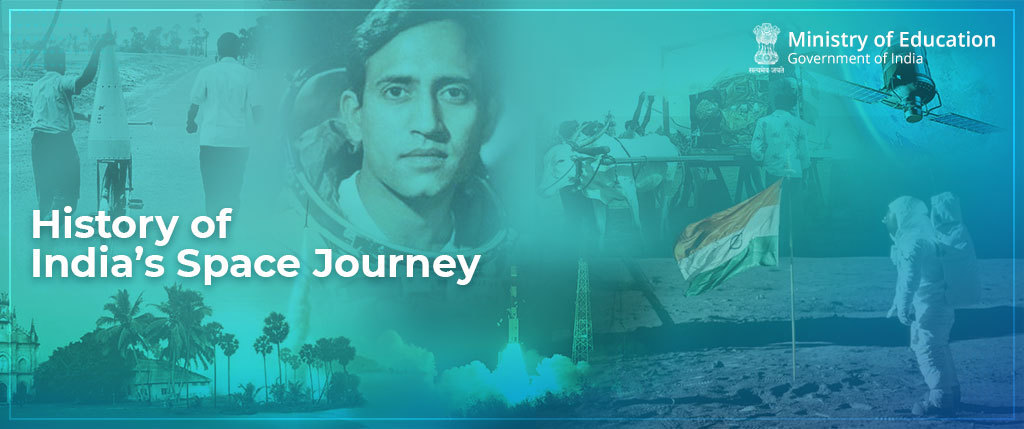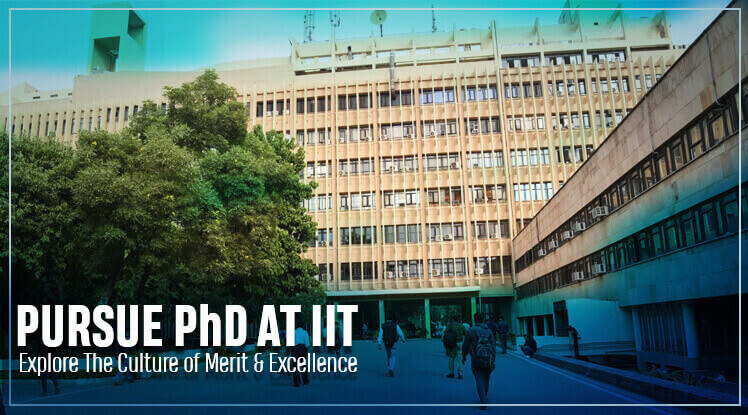History of India’s Space Journey

India’s space endeavours are executed in ISRO (Indian Space Research Organisation), which is the Government of India’s very own space exploration agency. Counted amongst the top six international space organisations of the world, ISRO holds a record of 100+ successful space missions. ISRO has a countrywide network through which its unilateral projects are developed and worked upon, to advance the space mission of India. Antrix Corporation in Bangalore is the commercial arm of ISRO. The Space Applications Centre in Ahmedabad is responsible for the development of payloads and sensors. U R Rao Satellite Centre, another centre in Bengaluru where designing, development, assemblage and testing of satellites are done. At the Vikram Sarabhai Space Centre, the development of launch vehicles undergoes in Thiruvananthapuram.
Now that we know the mechanism and workings of ISRO, let’s explore this cosmic journey of India along with ISRO!
To give a brief about the inception of India’s Space Journey, the research began somewhere in the 1920s. These studies were conducted by the then scientists of India S K Mitra, C V Raman and Meghnad Saha. Around the 1940s and 50s, the Indian space programme and space activities got nationwide attention but it wasn’t until the 1960s because, in the US, satellite usages were in their experimental stage. During this time, India was studying Earth’s atmosphere along with weather predictions and the magnetic field which surrounds the earth’s surface!
Under the leadership of Pt. Jawahar Lal Nehru, India achieved its milestone in its space history. Scientist Vikram Sarabhai with Pandit Nehru established the Indian National Committee for Space Research (INCOSPAR). It was only within a year after the formation of this committee that India did its first Rocket Launch in November 1963. Fun fact, INCOSPAR transformed into what we now call ISRO in 1969.
Apply for a PhD at IITs
Apply for a PhD at IITs — the best technology institutions of India
In its 47 years of history, ISRO did breakthrough work in the field of technology and even launched many indigenous vehicles into space! Over the next 47 years, ISRO has improvised and developed technology, launching several indigenously created vehicles into space that form a part of the Indian space journey.
Aryabhatta, 1975: India’s first satellite Rohini Satellite (RS-1), 1980: Got India to enter an exclusive club as it’s as the sixth member of space-faring nations
India’s Space Mission, 1984: Indo-Soviet Manned Mission where Rakesh Sharma was the first Indian Citizen to flew into space Chandrayan, 2008: First lunar mission, launch from Satish Dhawan Space Centre Mangalyaan, 2014: First interplanetary mission, made ISRO be the 4th space agency to reach Mars.
There were misses as well in the history of ISRO like SLV-3 in 1979, which carried the first experimental satellite to carry Rohini Payloads or something recent in 2017 Polar Satellite Launch Vehicle (PSLV-C39) during 41st flight, had a successful launch but its heat shield got separated.
All these programmes in the space journey of India taught Indian scientists lessons, added value to the scientific discoveries of India when it comes to knowledge about space but also attracted the attention of the agencies around the world of the potential and calibre of Indian scientists and their research possess.
The journey of the past 50+ had its ups and downs but India is planning to leave an even more prominent mark on the history of space travels and India’s human space mission in the years to come.
Apply for a PhD at IITs
Apply for a PhD at IITs — the best technology institutions of India







